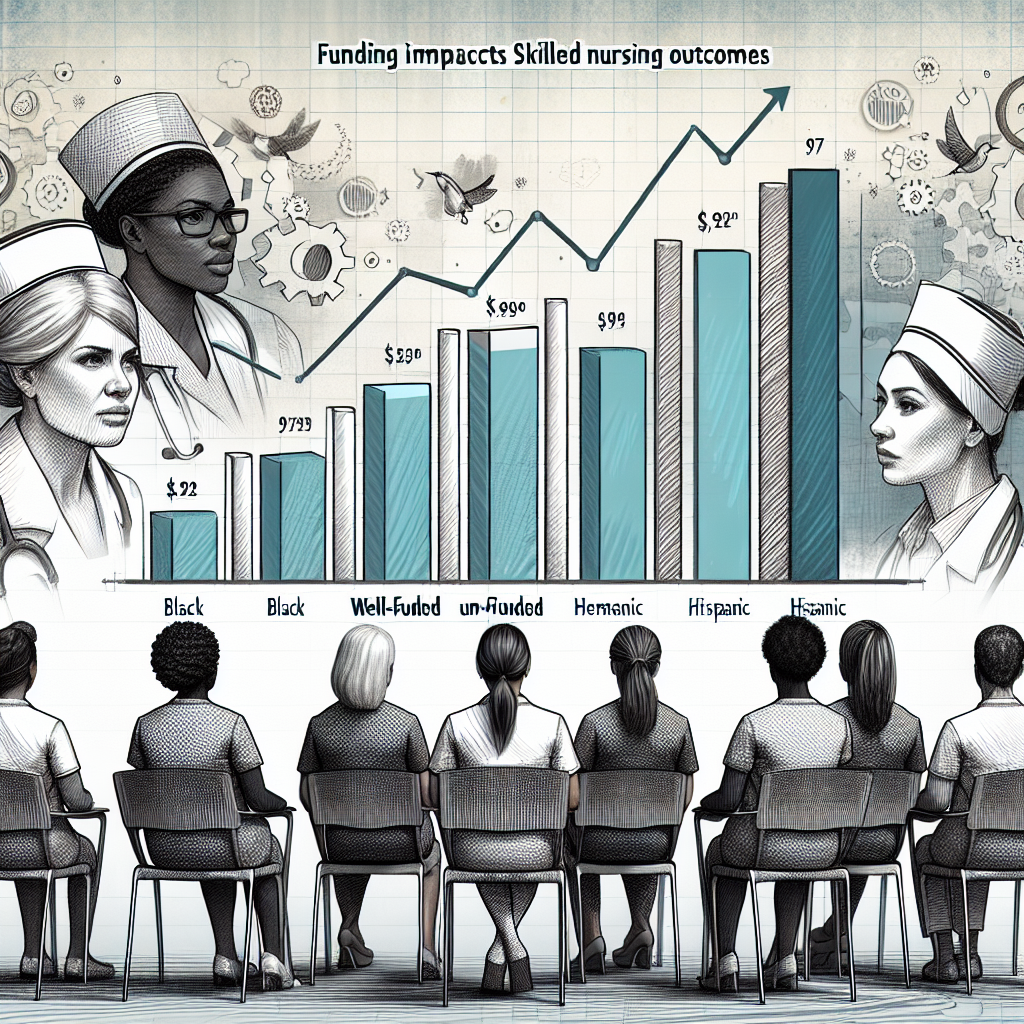New York, NY—In the complex ecosystem of healthcare, the link between funding levels and patient outcomes in skilled nursing facilities (SNFs) is drawing increased scrutiny. A recent analysis reveals a compelling correlation: facilities with higher funding levels consistently report better patient outcomes, highlighting the critical impact of financial resources on the quality of care.
One stark statistic shines a spotlight on the issue: According to the Centers for Medicare & Medicaid Services (CMS), SNFs that ranked in the top 20% for funding reported a 30% lower rate of hospital readmissions within 30 days, compared to those in the bottom 20%. This not only signifies a substantial difference in patient care quality but also underscores the potential long-term savings for the healthcare system at large by investing in skilled nursing facilities.
Experts in the field argue that the disparity in outcomes can be attributed to several key areas influenced by funding. “With higher funding, facilities can invest in more skilled staff, advanced training, and state-of-the-art medical equipment—all of which directly contribute to improved patient outcomes,” explains Dr. Sarah Lindberg, a healthcare economist who has studied the impact of funding on SNFs.
The implications of this funding-outcome link go beyond the facilities themselves, touching on broader healthcare policy and financing debates. As policymakers grapple with the challenge of providing high-quality care in a cost-effective manner, the allocation of funds to skilled nursing facilities is becoming a central issue. The debate also enters the realm of patient equity, with concerns that discrepancies in funding perpetuate a system where quality of care depends heavily on a facility’s financial health.
Industry stakeholders are calling for a reevaluation of how funds are distributed, pointing to the data as a clear indicator that more targeted investments could lead to significantly better health outcomes for patients. This aligns with broader shifts in healthcare towards value-based purchasing, where providers are incentivized based on patient outcomes rather than the quantity of care delivered.
The conversation around funding and outcomes in skilled nursing facilities is evolving. As Dr. Lindberg notes, “This data isn’t just a call to action—it’s a roadmap showing us where investments in healthcare can make the most difference.” As the sector continues to navigate financial challenges exacerbated by the COVID-19 pandemic, such insights could guide the way towards a more sustainable, equitable, and effective healthcare system.
In an era where the numbers don’t lie, the correlation between funding levels and patient outcomes in skilled nursing facilities presents a clear case for reassessing how resources are allocated in healthcare. The potential to improve patient care and achieve cost savings simultaneously offers a rare win-win scenario for patients, providers, and payers alike.


